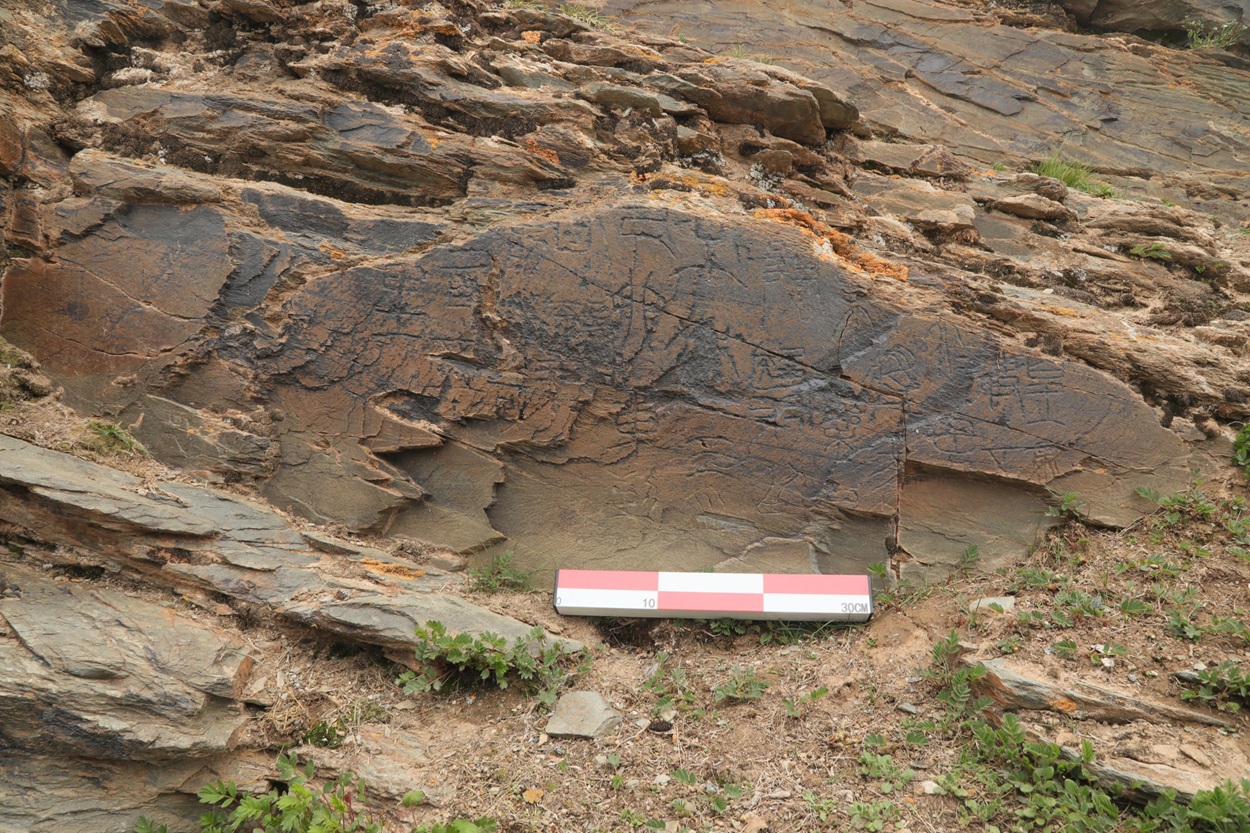China’s First Emperor, Qin Shi Huang, was born in 259 BC in Handan, the capital of Zhao. He was originally named Ying Zheng, or Zhao Zheng, with ‘Zheng’ drawn from Zhengyue, the first month of the Chinese lunar calendar.
Some historians see Qin Shi Huang’s rule as one of tyranny, however, his reign brought about the unification of China and an end to the Warring States period.
He also enacted several major economic and political reforms to standardise the Chinese states, worked to completely abolish the feudal system of loose alliances and federations, constructed a series of walls to connect fortifications along the empire’s northern frontier (the precursor to the Great Wall of China), and built the first national road system.
During his life, Qin Shi Huang became obsessed with immortality and despatched expedition to search for the elixir of life. It was this obsession that would be his downfall, as many historians propose that he died from prolonged poisoning due to regular consumption of an elixir containing mercury.
The discovery of an inscription carved into rock on the Tibetan Plateau near Gyaring Lake has revealed details of one such expedition dated to the 37th year of the emperor’s reign.
The inscription records that “level five grand master Yi”, a high ranking official, was commanded to lead a caravan of alchemists to the Kunlun Mountains in search of “yao” – likely referring to herbs or minerals but also could be interpreted as the elixir of life.
In Chinese mythology, the Kunlun Mountains represent a cosmic axis, a bridge between heaven and earth, and the home of immortals, particularly the Queen Mother of the West. Many scholars believe that Kunlun corresponds to the Bayan Har Mountains, located in Qinghai Province, northwest China.
According to the inscription, the caravan had reached Gyaring Lake (located to the east of the Bayan Har Mountains) but still faced another 40 miles before arriving at Kunlun.
In a press statement issued by the Chinese Academy of Social Sciences’ Institute of Archaeology, studies of the inscription have confirmed that the chisel marks are consistent with Qin-era technology, and that an analysis of minerals and elements have excluded the possibility that the inscription is a modern hoax.
Header Image Credit : Chinese Academy of Social Sciences
Sources : Chinese Academy of Social Sciences’ Institute of Archaeology





